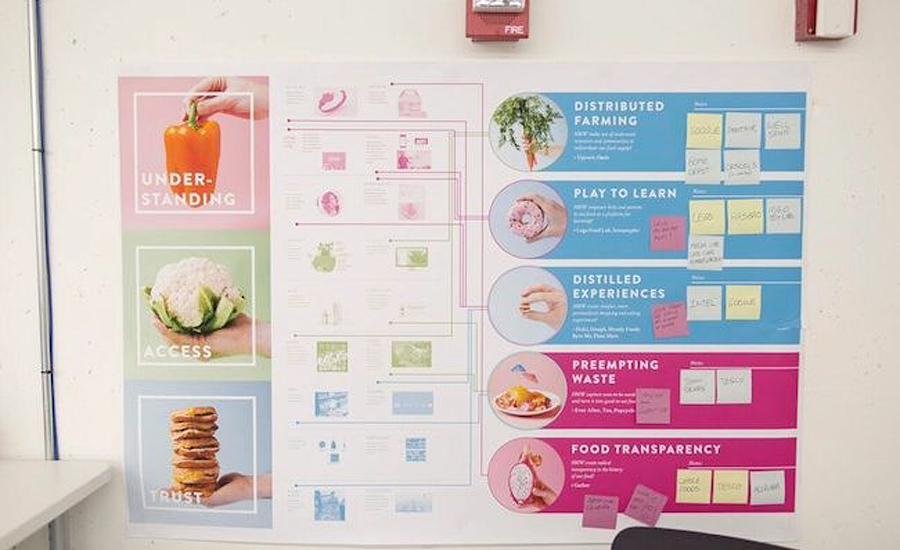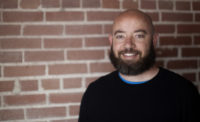In October 2015, Minneapolis-based Target Corp. collaborated with MIT’s Media Lab and global design firm IDEO, Cambridge, Mass., to explore the future of food.
Today, that collaboration is called Food + Future coLab, where a hand-picked team of entrepreneurs gather daily to talk food—specifically, how to create a future of complete transparency in what we eat as well as abundant access to good food.
Target began testing two ideas from the spring coLab work. First, at the Fenway Target store in Boston, the team tested a concept known as Good & Gather that flips the traditional food label on its head by boldly and clearly displaying ingredients on the front of packaging rather than in fine print on the back. A second concept, aimed at providing real-time nutritional information, allows consumers to scan fruits and vegetables, learn the exact nutritional value and then pay based on freshness.
“It’s hard to believe we just opened this coLab in January,” says Greg Shewmaker, one of Target’s entrepreneurs-in-residence. “In a short period of time, we’ve already developed a pipeline of concepts ready for testing. We’re building disruptive technologies, and most important, we’re closer than ever to helping people know more about what’s in their food.”
In addition to these two tests, the team is also working on two food-tech projects in the lab. In collaboration with the Open Agriculture Initiative led by Caleb Harper at the MIT Media Lab, Cambridge, Mass., the team is looking at applications for the technology. And, the teams have been working with spectroscopy experts at Ocean Optics, Dunedin, Fla., to build a platform that can “see” inside food to evaluate everything from nutrient levels to contaminants.
“The progress so far has been incredible,” says Casey Carl, chief strategy and innovation officer. “Bringing in entrepreneurs-in-residence for the first time has allowed us to have startup-minded leaders like Greg work quickly and be scrappy with the resources of Target behind him. We’re working at a pace we could only achieve by putting all the right people in one room—from retail experts to bioengineers—and then giving them the freedom, autonomy and resources to make things happen.”



